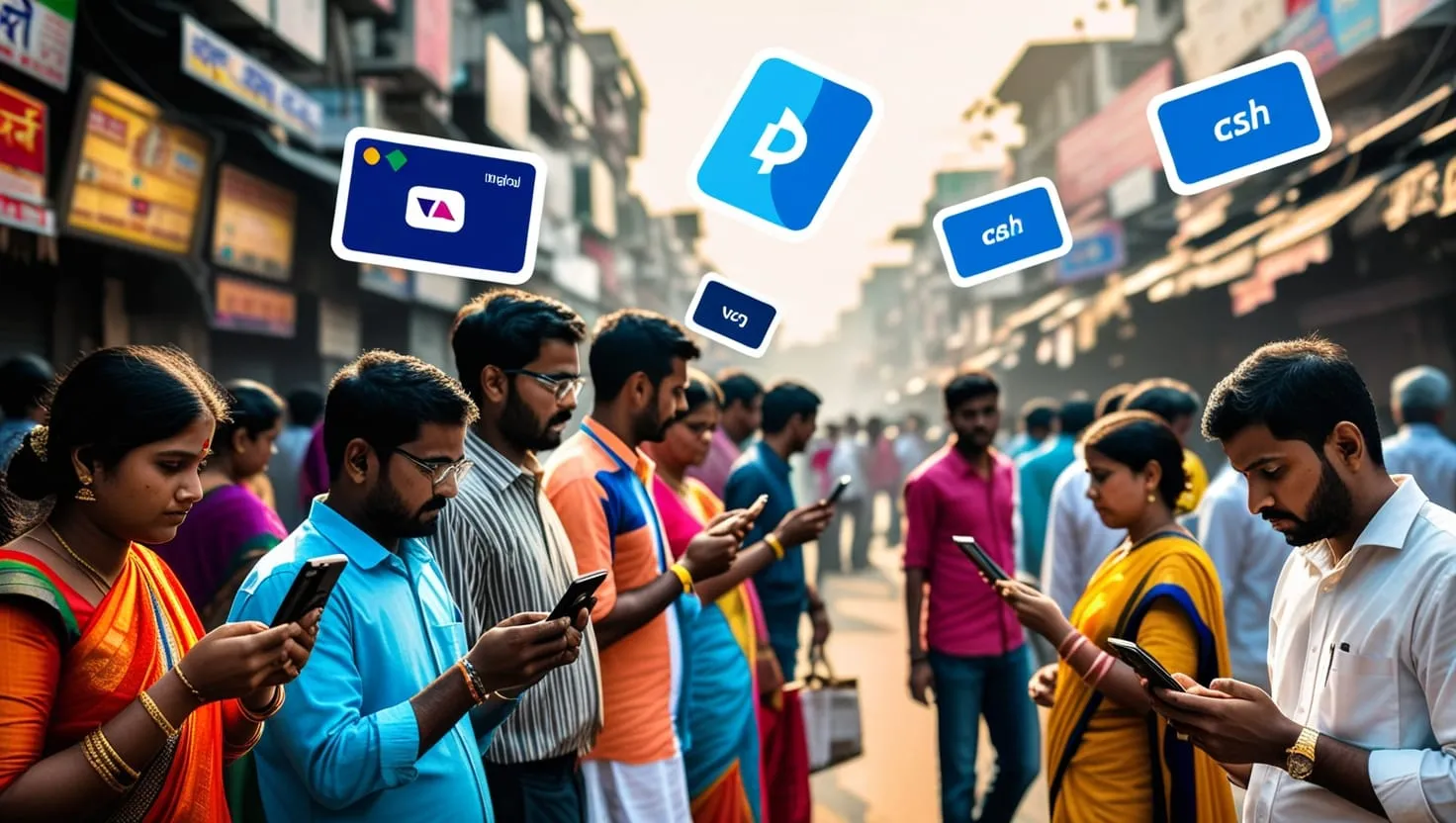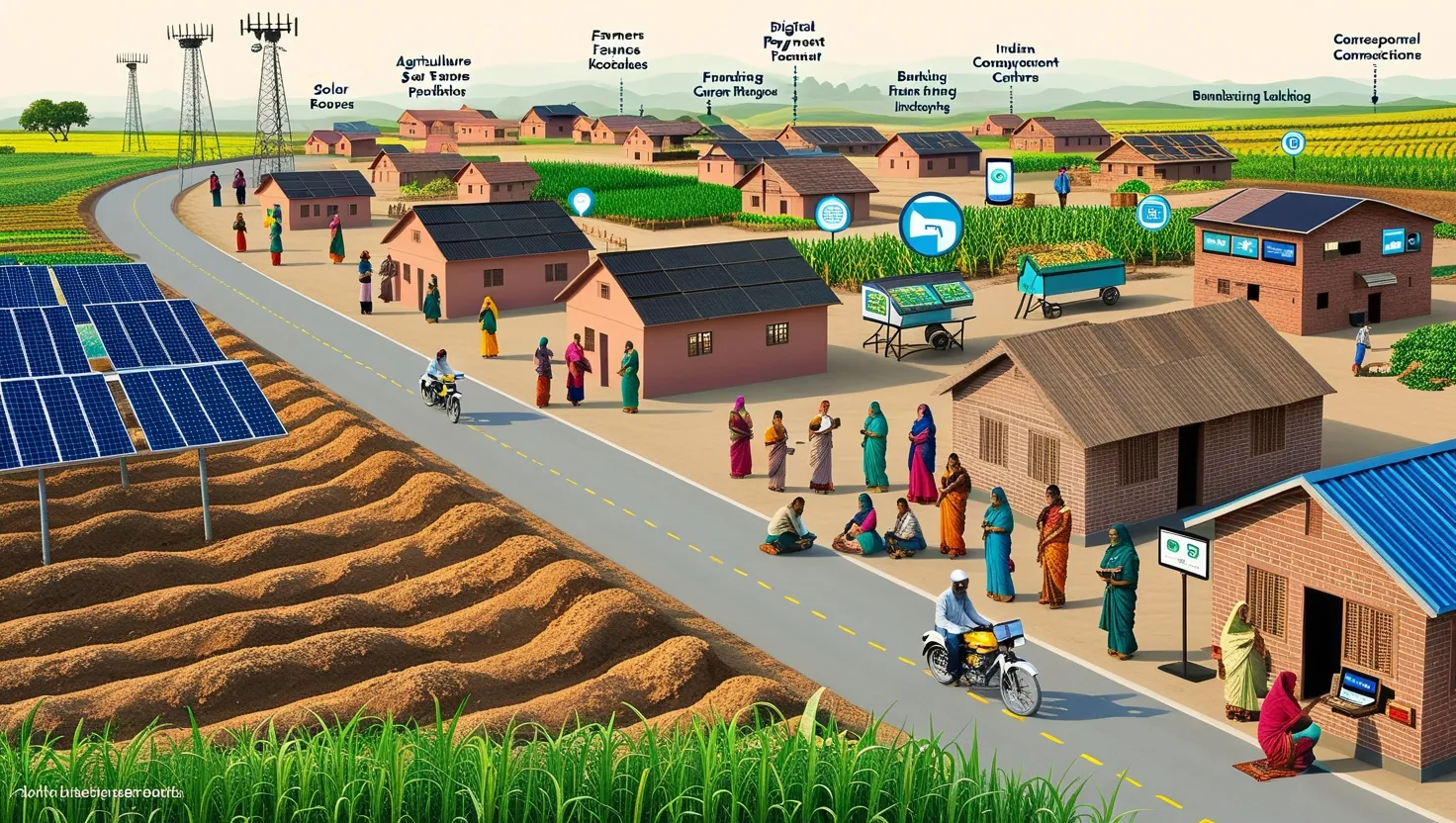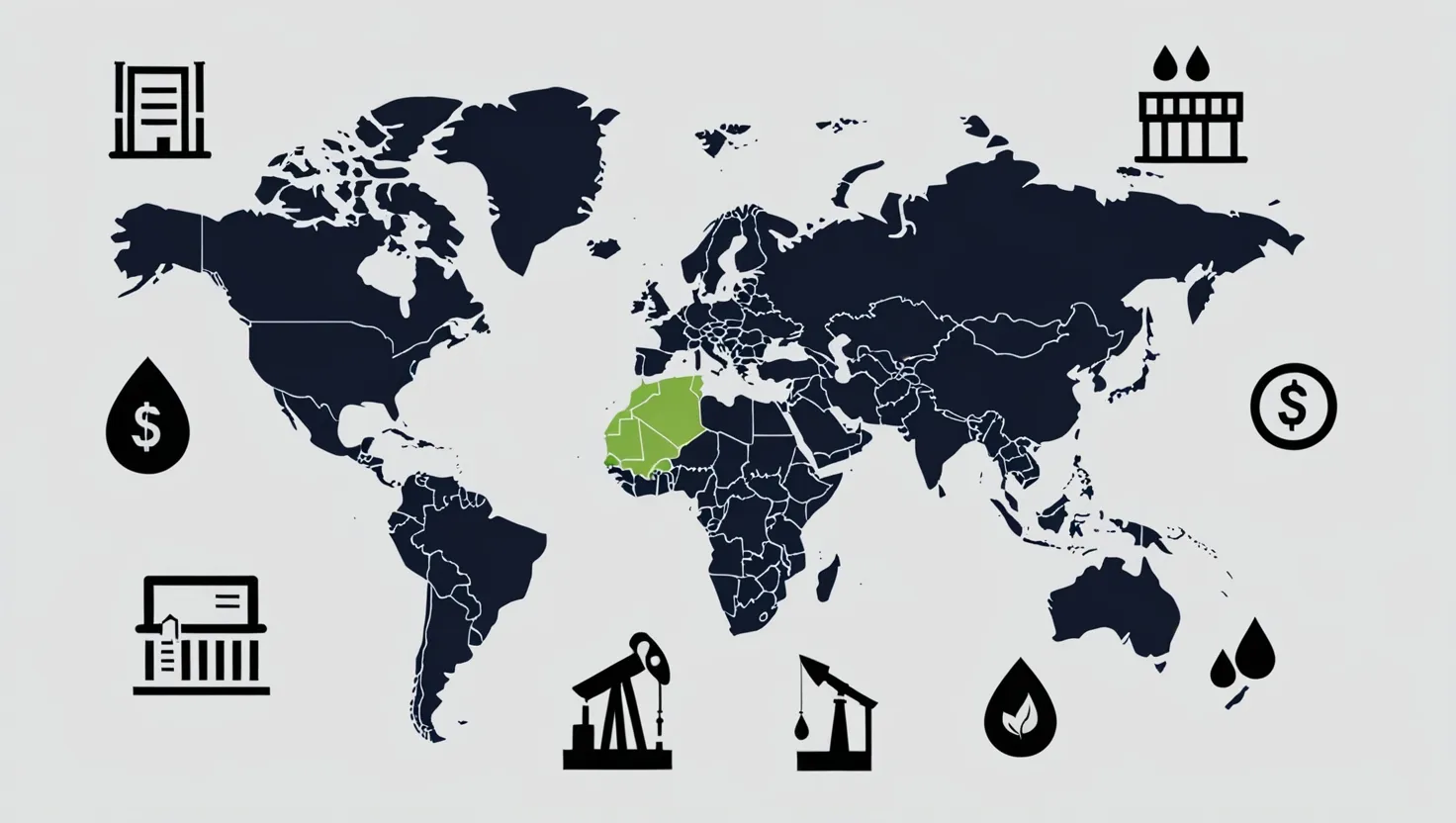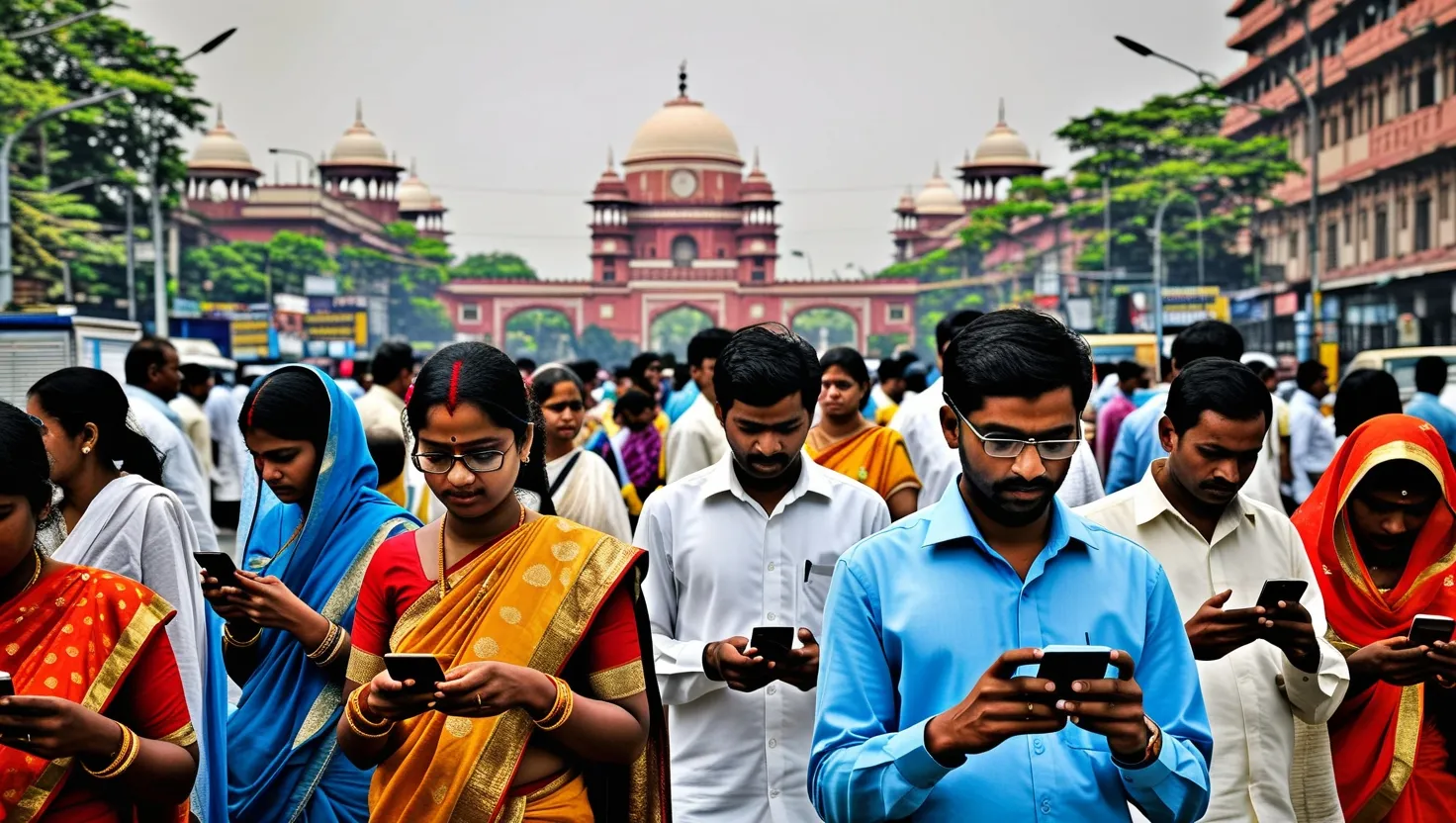Let’s order two coffees and dive into the stories behind India’s new banking rules—the ones genuinely changing your everyday experience at the bank, whether you realize it or not. Forget the dry headlines or the same old news alerts. I want to show you the real game-changers, the moments where regulators stepped in and, instead of just shuffling papers, actually tilted the power back toward people like us.
Ever looked at your credit card statement and thought, “Why are these charges here? Did I agree to this?” You’re not alone. Until recently, banks could sneak in new fees or jack up old ones with barely a whisper. But that all changed when the Reserve Bank of India (RBI) dropped a hammer in 2022. Now, banks must warn you 30 days before adding any new fee, and they can’t slap on those retroactive charges that used to silently snowball your debt. Their secret weapon—fine print—got exposed. Today, every credit card bill displays, front and center: “Minimum Amount Due Warning: Paying only the minimum amount will increase your interest burden and repayment period.” No more hidden tripwires. Suddenly, that “minimum due” trick, which used to trap so many, is out in plain sight.
Want proof these aren’t just words? Imagine you owe ₹50,000 and only pay minimum dues. Old rules: ₹950 late fee, retroactive interest (yep, on money you already paid), and a brutal ₹12,700 in annual interest. New rules: ₹500 late fee, forward-only interest (no double-dipping), and your annual interest burden falls by a third. That’s real savings, not just pocket change. Plus, complaints about “unexplained charges” have dropped by over three-quarters since this started. Ever caught a hidden fee? Now you can do something about it, and people are.
But let’s step into the digital wild west for a moment: the world of online lending. You’d think only reckless folks fall for those flashy, too-easy-to-be-true loan apps. But when desperate times hit during the pandemic, millions reached for their phones and found themselves cornered by apps that used threats, blackmail, and even shaming tactics to get their money back. Regulators took the gloves off in 2022. Now, digital lenders have to be transparent about who they are, list their RBI registration right up front, and—this part is genius—give you a “cooling-off period.” That means if you get cold feet, you can pull out of a loan within 72 hours. No penalties, no questions asked. Remember those horror stories of families pushed to the brink over tiny sums? Incidents like the ₹2,300 crore fraudulent lending ring in Hyderabad have sharply declined, and digital loan frauds are down by more than half. The next time someone flashes a loan offer at you, do a two-second registration check on the RBI’s site—just as you’d Google a stranger before trusting them.
Speaking of speed, do you remember the hoops you had to jump through just to open a bank account? Multiple branch visits, endless signatures, and the ever-present fear of lost paperwork. The new video KYC process flipped all that. Now, you can open an account in ten minutes, from your couch. A live video call, real-time document checks, and a dash of AI to spot impersonations—that’s it. Nineteen million people opened accounts this way in just the first three months of 2024. For rural families, this isn’t just a nifty shortcut; it’s their entry ticket into the financial system. Did you ever think you’d see the day when internet speed, not bureaucracy, was the only bottleneck? And if you’re somewhere with weak connectivity, RBI allows offline checks through local agents—a rare nod to India’s on-the-ground realities.
But let’s talk about complaints—the “nothing ever happens” kind that make you want to tear your hair out. The old system was designed for the patient and the stubborn. Submitting forms, waiting weeks, only to be told you made a technical mistake or your case is out of scope. Now the Banking Ombudsman’s system is automated and ruthless…in a good way. If your bank drags its feet for thirty days, your complaint is auto-escalated, and the ombudsman can slap banks with daily penalties until they sort it out. Unauthorized transactions get sorted in weeks, not months. Real-time SMS updates save you from endless follow-ups. Did you ever expect complaining would get easier than just giving up? After these reforms, major banks report fewer complaints because they’re actually fixing problems before they reach the ombudsman.
And here comes my favorite twist: the new, transparent loan agreements. You know the routine—banks wave a sheaf of papers at you, rush you to sign, then point to some hidden footnote months later when you protest a surprise fee. That’s dead. Since January 2024, every loan—personal, car, home—comes with a “Key Fact Statement” in readable typeface, listing exactly what you’ll pay: interest rate, all fees, possible hikes, and even what happens if RBI raises rates. The agreements are in a digital format that you can upload to a government portal to check they’re genuine and compliant. For most people, this is the first time they can see, at a glance, what that “processing fee” or “foreclosure charge” really means in rupees and paisa. Home loan mis-selling cases, the kind that once emptied savings quietly, have dropped by more than half. Have you ever signed a document you didn’t fully understand? The new rules dare you to ask questions.
If you’re wondering, “Do these fixes really make a difference for people like me?”—let’s connect the dots. The changes collectively save each of us thousands of rupees a year that used to vanish into bogus fees. Illegal lenders are disappearing from app stores, and legitimate ones are signing up 90% more borrowers than before. Over sixty million previously unbanked adults, especially in rural areas, finally have accounts—many for the first time in their lives. The rate of resolved complaints has doubled. Maybe the biggest shift is psychological: banks now compete on transparency, and RBI demands they publicly show off their complaint resolution stats. It’s not perfect—rural fintech still faces hurdles, and tiny transactions under ₹1,000 could use more shielding. But for the first time, your odds are better than even that the bank will play straight.
So, what should you do with all this? Here’s what I’d tell a friend: next time you check your bank statement, look for those standardized disclosures, and if they’re missing, don’t shrug—report it. If a lender approaches you, check their RBI number before you sign anything. If you have a banking problem, don’t stew—log your complaint on the RBI portal and watch what happens. And before signing up for any loan, demand that Key Fact Statement, and actually read it. You might spot something you otherwise would have missed.
One quote sticks with me from a recent financial literacy drive in rural India:
“Knowledge isn’t just power in banking. It’s protection.”
Another, from a surprisingly candid bank manager:
“The best customer is an informed customer—because they know exactly when to hold us accountable.”
So let me ask you—when was the last time you dared to question a bank’s process or fees? Imagine if everyone did, just once. Would banks still risk hiding costs, or would the whole system tilt even more in our favor?
That’s the new landscape. Not perfect. Still evolving. But undeniably more open, more responsive, and—if you choose to use your voice—more on your side than ever before. Isn’t it wild how a few rule changes can flip an entire industry’s attitude? Next time you step into a branch or open a finance app, remember: you’re not just a customer. You’re a participant in something far bigger, and, finally, you’re playing from a position of strength.






